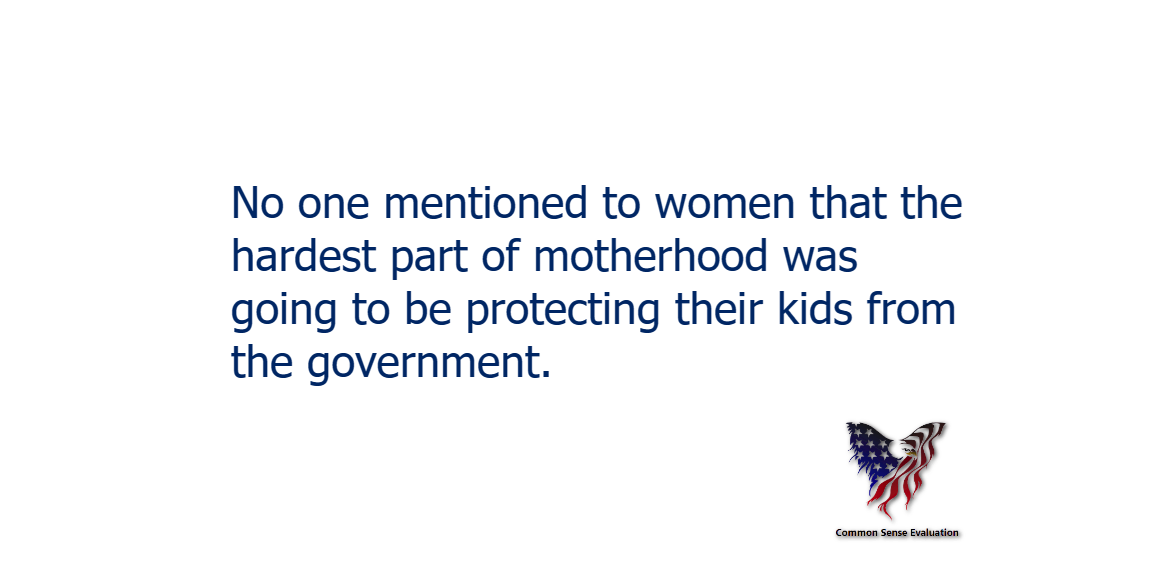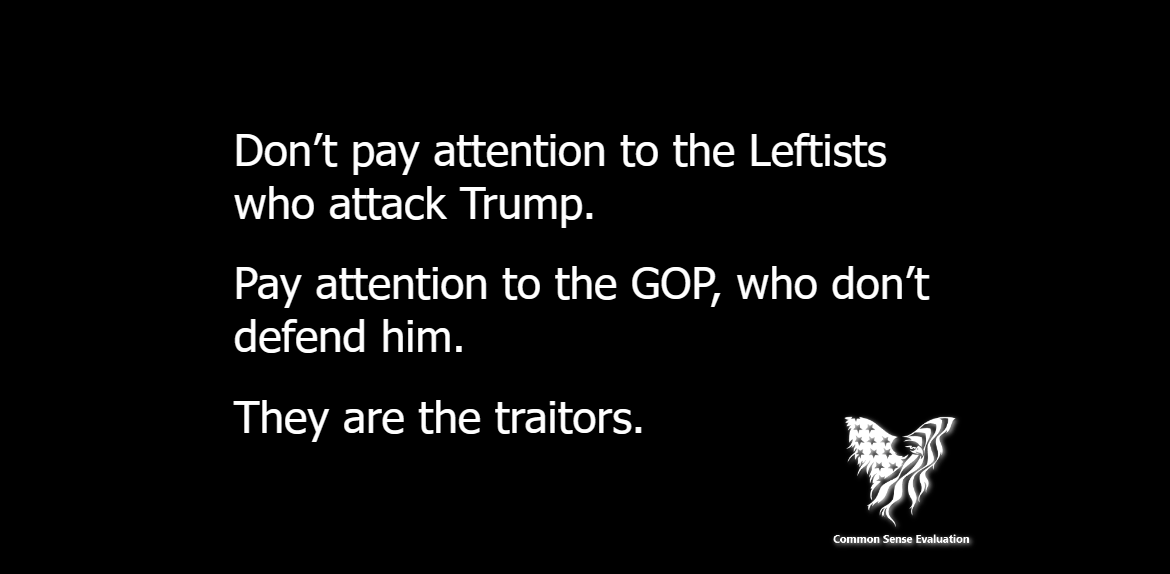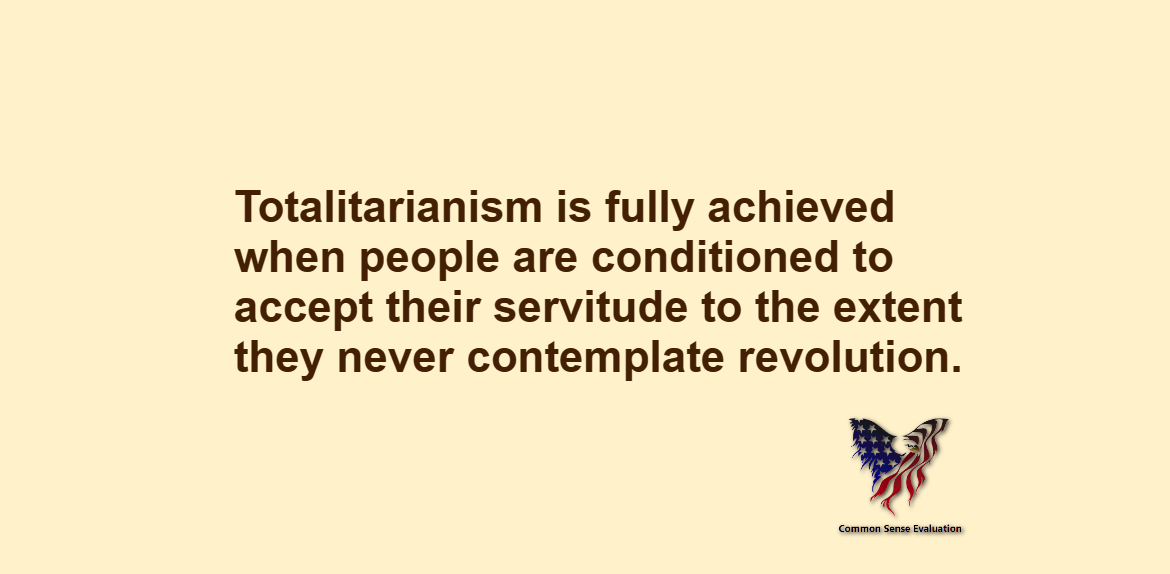What kind of nation would fire thousands of its Military Service members for refusing an untested vaccine while allowing millions of unvetted, unvaccinated ILLEGAL Aliens free access to their entire country?
Category: Political
Unveiling the Mysteries of Operation Highjump and the Secrets Beyond Antarctica
Have you ever wondered if everything we know about our world is everything there is to know? It sounds like a plot from an adventure movie, but what if I told you there might be undiscovered lands, or perhaps even a different world hidden beyond the icy borders of Antarctica? Strap in, because we’re about to dive deep into one of the most intriguing operations in history—Operation Highjump—and explore the fascinating theories about what lies beyond the world’s most formidable icy frontier.
The Launch of a Massive Operation
In the late 1940s, the world was a different place. Fresh off the heels of World War II, countries were eager to explore and claim uncharted territories. It was during this time that the United States launched one of the most massive operations in the icy waters of Antarctica—Operation Highjump.
Officially, this operation aimed at establishing the Antarctic research base Little America IV, testing cold weather gear, and fine-tuning the United States Navy’s techniques in polar regions. However, the sheer scale of the operation raised eyebrows—why would you need an aircraft carrier, over a dozen ships, and more than 4,000 men just for research and testing gear?
The Hidden Motive?
This is where the plot thickens. Some believe the real reason behind Operation Highjump was to uncover and secure whatever is beyond the vast ice walls of Antarctica. Was it to find new resources, investigate rumored Nazi bases, or perhaps to discover gateways to hidden lands or other worlds? The official records keep these questions unanswered, fueling speculation and mystery.
Admiral Richard E. Byrd, the operation’s leader, was already a legendary explorer by then. However, his comments after the operation stirred the pot even more. He mentioned resources beyond imagination in the continent, and hinted at land beyond the South Pole that was as vast as the United States itself. His cryptic remarks only added fuel to the fire of speculation about what truly lies beyond Antarctica.
The Theories About What Lies Beyond
The veil of mystery surrounding Antarctica and Operation Highjump has given birth to a plethora of theories. Some of the most captivating include:
- Hidden Land Beyond the Ice: The most popular theory is that there are lush lands, free of ice, hidden behind the massive ice walls of Antarctica. These lands, untouched by modern civilization, could be home to unknown resources or even civilizations.
- Entrances to the Inner Earth: Another fascinating theory is that Antarctica holds the entrances to the Earth’s interior. Proponents of this theory believe that vast caverns within the Earth might support life and could be reached through openings in the Antarctic ice.
- Alien Bases or Lost Civilizations: Then there are those who speculate about extraterrestrial bases or remnants of lost civilizations buried under the ice. They suggest that Operation Highjump was a cover for exploring these alien or ancient sites.
But Is There Any Truth to These Theories?
Sifting fact from fiction is no small task, especially when dealing with a place as isolated and mysterious as Antarctica. And while the official records of Operation Highjump may not confirm the existence of hidden lands or gateways to other worlds, they don’t outright deny it either.
We know for sure that Antarctica is a land of extremes—home to some of the harshest conditions on the planet, but also to breathtaking beauty and invaluable scientific information about Earth’s past climates. Its vast ice sheets hold secrets about our planet that scientists are still uncovering today.
The Exploration Continues
Today, Antarctica is governed by the Antarctic Treaty System, ensuring the continent is used for peaceful and scientific purposes only. The mysteries of Operation Highjump and what lie beyond the ice are, for now, preserved by the freezing temperatures and treacherous conditions.
But human curiosity knows no bounds. With advancements in technology and a growing interest in the unexplored corners of our planet (and beyond), it may not be long before we have the tools and the will to uncover the truth about Antarctica. Whether it’s hidden lands, entrances to the inner Earth, or simply more ice, the quest for discovery will push us toward answers.
The Wrap-Up
Operation Highjump and the enigma of Antarctica remind us of the vast unknowns that still exist in our world. It challenges us to question, to explore, and to always yearn for the truth that lies just beyond our reach.
The possibilities of what could be hidden beyond the icy walls of Antarctica fuel the imagination and inspire adventurers, scientists, and dreamers to continue asking, “What if?” As we push the boundaries of exploration, perhaps one day we will uncover the full story of Operation Highjump and the secrets waiting beyond the ice.
For now, the mysteries of Antarctica and the tales of Operation Highjump remain a captivating chapter in the story of human exploration—a reminder that on this vast planet we call home, there are still uncharted territories waiting to reveal their secrets. Whether it’s new continents, ancient civilizations, or pathways to different worlds, the allure of the unknown continues to draw us toward the ice.




